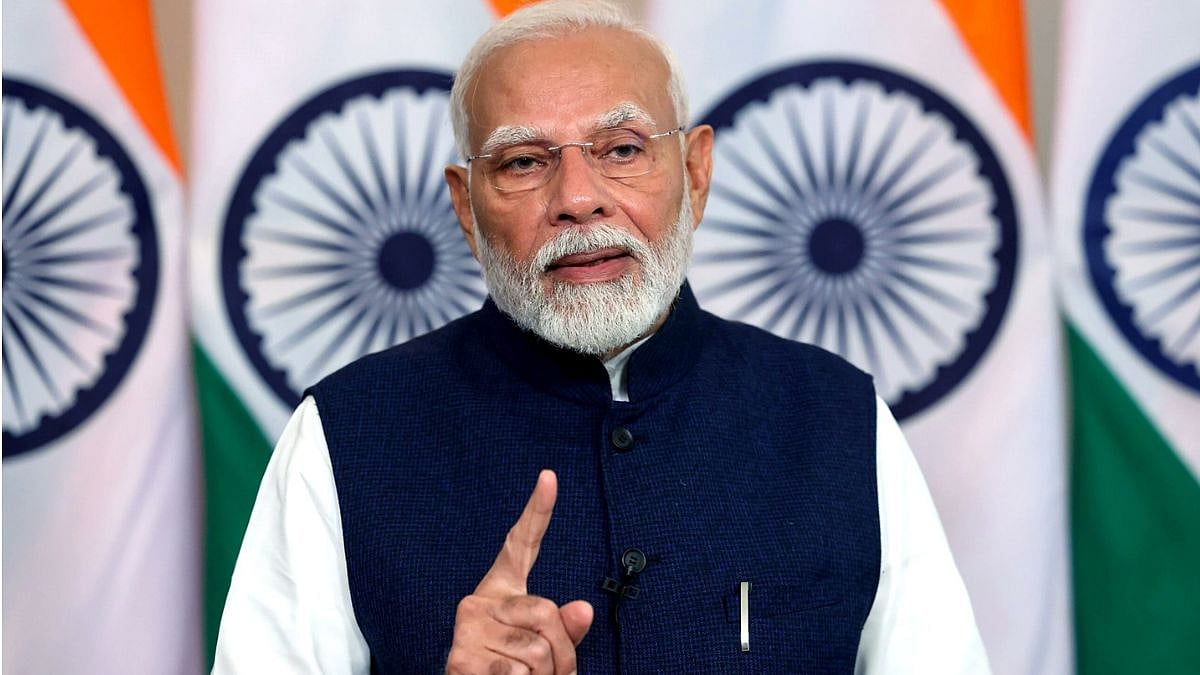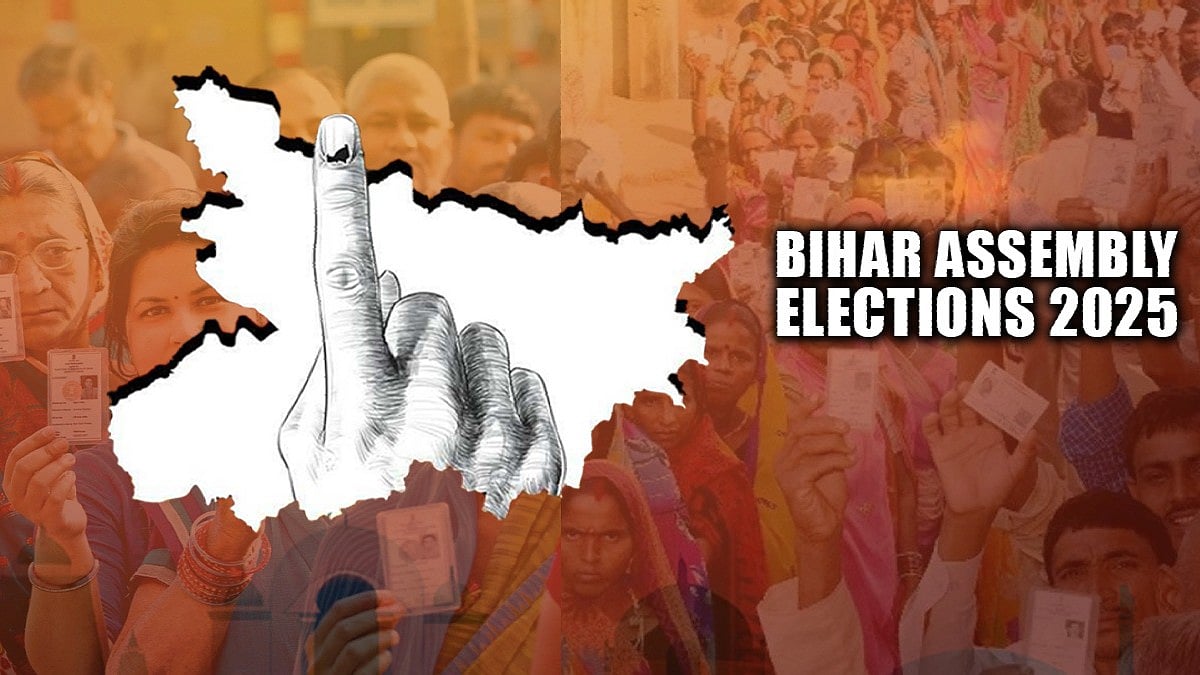Of the many ongoing conflicts around the world, Russia’s war on Ukraine and the relentless conflict between Israel and Hamas — that have killed thousands of people, displaced millions, destroyed billions of dollars worth of infrastructure, and devastated forests and water bodies — are now under scrutiny for the release of an unprecedented amount of carbon emissions into the atmosphere.
A recent study, titled ‘A Multitemporal Snapshot of Greenhouse Gas Emissions from the Israel-Gaza Conflict’, estimates that the emissions from the first 120 days of the conflict alone were greater than the annual emissions of 26 individual countries, and territories.
Billions of litres of fuel to keep the war machinery going, billions of tonnes of cement and steel to build defences, burning of fields, forests, and built infrastructure and then rebuilding it all. The upper estimate of emissions from pre-war, wartime, and post-war activities is comparable to the burning of 31,000 kilotonnes of coal, enough to power about 15.8 coal-fired power plants for a year.
The total emissions from the Hamas tunnel network and Israel's protective "Iron Wall," surpass those of over 36 individual countries and the report estimates that emissions associated with rebuilding Gaza will be higher than the annual emissions of over 135 countries, equating them to those of Sweden and Portugal.
Another study by the Initiative on Greenhouse Gas Accounting of War (IGGAW), estimates that the first 12 months of Russia’s full-scale invasion of Ukraine led to the emission of 120 million tons of carbon dioxide. However, in the 24 months since the invasion, emissions have significantly increased to 175 million tons of carbon dioxide. This exceeds the annual emissions of a highly industrialised country like the Netherlands, putting 90 million new petrol cars on the road, or building 260 coal-fired power units of 200 MW each.
According to a paper published in Nature, the heaviest impacts are on scientists and research institutions in Ukraine and Russia, where their institutions have been bombed, research stalled, and facing boycotts and sanctions in response to their country’s actions.
The war-induced migration of people has generated almost 3.3m tCO2e, according to the IGGAW analysis. This includes the transport-related emissions of more than 5 million Ukrainians seeking refuge in Europe as well as millions of internally displaced people and Russians fleeing Russia. As of September 2023, the UNHCR estimates 114 million people are displaced due to conflict and persecution globally, the highest number on record.
Meanwhile, the annual military emissions of the United States of America are the largest of any country worldwide, rivalling the entire annual carbon output of some smaller nations, like Norway or Sweden. The US military is also responsible for 1.2 billion metric tonnes of greenhouse emissions in the last 20 years. They have a wide range of origins, including both military operations and the maintenance of more than 700 U.S. military bases worldwide.
Not surprisingly, under pressure from USA, it is not mandatory for countries participating in the Paris climate agreement to report the carbon emissions of the wars they wage with their weapons of mass destruction, armies, navies and aircraft.
According to a report by Conflict and Environment Observatory, ‘Estimating the Military’s Global Greenhouse Gas Emissions,’ militaries account for almost 5.5% of global greenhouse gas emissions annually — more than the aviation and shipping industries combined, larger than that of all countries except the US, China and India.
With wars becoming a permanent feature of the modern age, with nearly 150 ongoing conflicts at any given time in recent years according to Global Conflict Tracker, there are increasing calls for military emissions be counted toward each country's climate targets, to better understand and mitigate the climate impact of conflicts.
At present, given the slow progress at the UN led global climate negotiations, it may sound next to impossible to bring war-related emissions to the negotiating tables, but the two studies underscore the importance of doing exactly that. It is time governments acknowledge the role their militaries play in global emissions and the costs it entails in current spendings and the future loss and damage at home and in enemy territories. Climate change, after all know no borders.
Even the thousands of climate activists — who believe that “there can be no climate justice without human rights” — calling for an immediate ceasefire, cannot shy away from subject of military emissions any more.
No one imagines that the need for climate action will stop wars, but knowing the exact quantum of emissions from global conflict will certainly help those struggling with the question on whether to upgrade to an electric vehicle or not.
Shailendra Yashwant is an independent environmental photojournalist and climate communications consultant. He tweets at @shaibaba









